MADE BY MEMBERS • January 2023
The surprising origins of place names
Look at the name of a place long enough and it can start to look, well… odd. Where did it come from, what’s its story, why that word for this place? Welcome to the study of toponymy: a rabbit hole that goes very, very deep. Duncan Madden, Executive Club Member and author of Found in Translation: The Unexpected Origins of Place Names, reveals the weird and wonderful derivations of five countries’ monikers and the best cities to visit in each
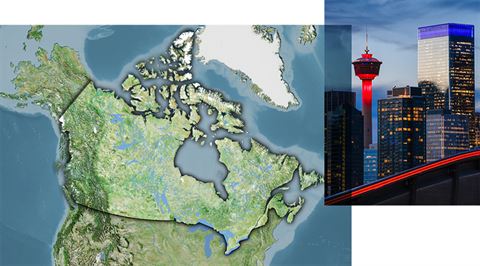
Canada: the village
A simple misunderstanding between a 16th-century French explorer and a tribe of indigenous St Lawrence Iroquoians gave what is now the world’s second largest country its name. When Jacques Cartier arrived at the settlement today known as Quebec, its Chief Donnacona called it kanata in his local dialect – meaning ‘the village’. Perhaps understandably Cartier took this to be its actual name. Canada, ‘the village’, has grown from a few simple huts to nearly four million square miles of territory.
Where to visit: Cosmopolitan Calgary is enjoying a real moment in the sun. Go for the endless powder of the Rockies, stay for the thriving food and nightlife scene.
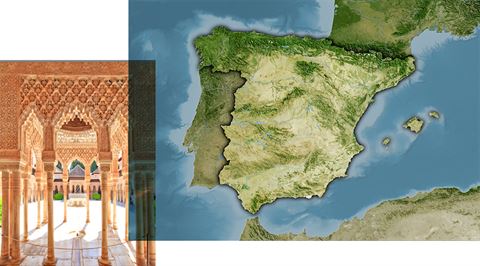
Spain: land of rabbits
Spain’s toponymy dates back 3,000 years to the arrival of the Phoenicians on the Iberian Peninsula. When the maritime traders landed, they encountered an extraordinary, unexpected sight – millions of rabbits blanketing the landscape. Inspired, they named it from the Punic word sphan, ‘rabbit’, as I-Shaphan, ‘the island of rabbits’, which was eventually Latinised by the Romans into Hispania and from there to the Spain of today.
Where to visit: In Andalusia, mediaeval Granada offers something for every weather. Late winter snow? Ski the neighbouring Sierra Nevada. Early spring sun? Dip a toe in the Med at Puerta del Mar, or stick to the city and be astounded by the majesty of the Alhambra.
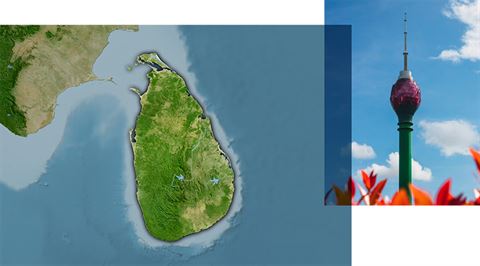
Sri Lanka: resplendent island
Sri Lanka was known by its British moniker, Ceylon, until 1972, although its modern name goes back to the fifth century BC, when it was originally known simply as lanka, ‘island’. The ‘resplendent’ sri (derived from Sanskrit) was added to honour the Sri Lanka Freedom Party, which was fundamental in achieving independence. There’s no doubt it’s also a nod to the island’s exceptional natural beauty.
Where to visit: Capital Colombo is a city in flux, expanding at a phenomenal rate. Amid the towering skyscrapers, take shade from the sun in the floating markets of Pettah, or embrace the beachside in Galle Face Green.
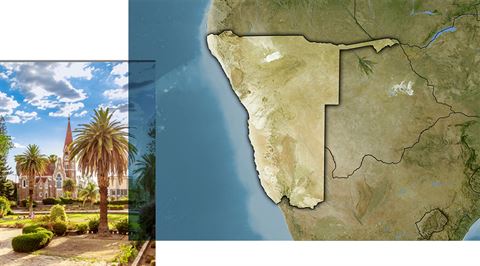
Namibia: land of the vast place
Namibia only claimed its name in 1990, after gaining independence from South Africa. It derives from the entity that utterly dominates the country – the Namib Desert. First documented in the indigenous Khoekhoe click-consonant language (spoken across southern Africa), Namib means ‘vast place’ and is a landscape that has inspired awe and terror in all who have encountered it. The original bushmen hunter-gatherers called it ‘the land God made in anger’.
Where to visit: Modern, orderly Windhoek (‘wind corner’) is the launching point for everything Namibian. Take a moment at Heroes’ Acre memorial, then dive into the natural wonders of the Namib and beyond.
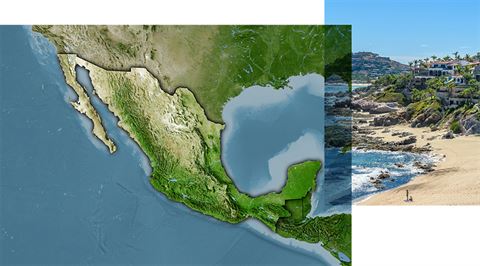
Mexico: land in the bellybutton of the moon
The most popular etymology for Mexico maintains that it is a portmanteau of two Nahuatl language words: mētztli meaning ‘moon’ and xīctli meaning ‘navel’, with –co, a suffix meaning ‘land of’. It’s likely describing the largest Aztec city state, Mēxihco Tenōchtitlan (now Mexico City), set on an island in the centre of ‘moon lake’. Throw in a few hundred years of evolving translations and we end up with the poetic if slightly absurd ‘land in the bellybutton of the moon’.
Where to visit: In a region famed for pristine beaches and wild parties, San José del Cabo delivers on culture and elegance. Head to the traditional Old Town, stroll Plaza Mijares and feast on fresh seafood.
This article has been tagged Destination, Culture
More from previous issues
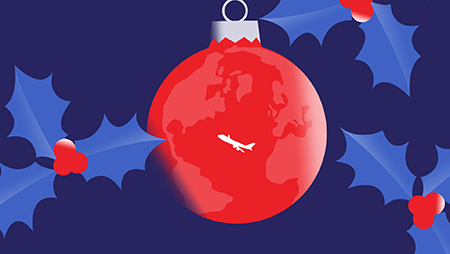
Working the Santa shift
From Christmas dinner in the cockpit to taking your family with you, British Airways colleagues reveal what it’s really like to work – and fly – on Christmas Day

Fly in style in the new Club Suite
Work, relax, sleep and enjoy an enhanced flying experience with our reimagined Club World seat, the Club Suite

Four dreamy Greek retreats
These four hotels dotted across Greece’s Peloponnese and the islands promise out-and-out relaxation

Want to earn double Tier Points this year? Here’s how…
Fancy climbing effortlessly up the tiers of the Executive Club? Need a quick refresher on how it all works? Get up to speed with our guide
